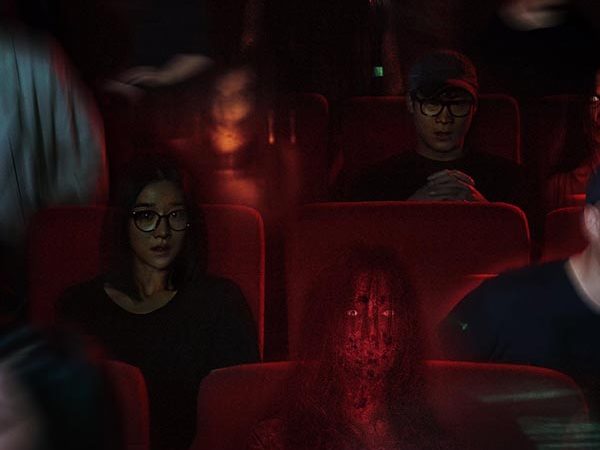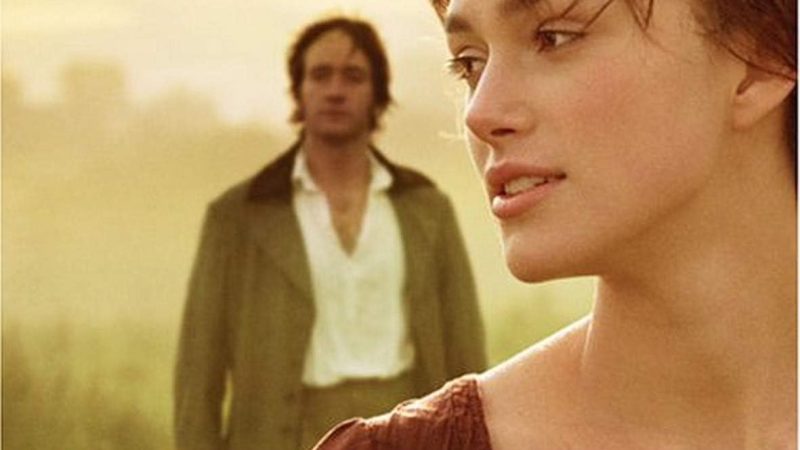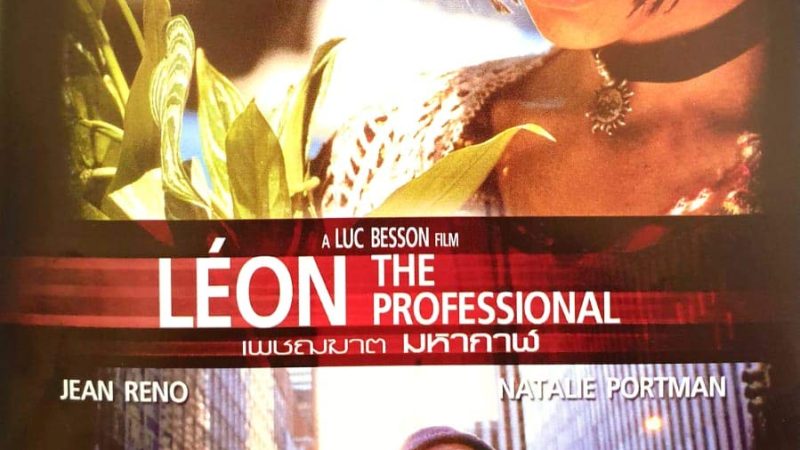Shutter (2004): A Haunting Exploration of Guilt
Shutter, directed by Banjong Pisanthanakun and Parkpoom Wongpoom, is a landmark in Thai horror cinema. Released in 2004, the film blends elements of traditional ghost stories with modern psychological horror, creating an atmosphere that resonates deeply with audiences. Its exploration of themes like guilt, trauma, and the supernatural distinguishes it as a classic, garnering both critical acclaim and commercial success.
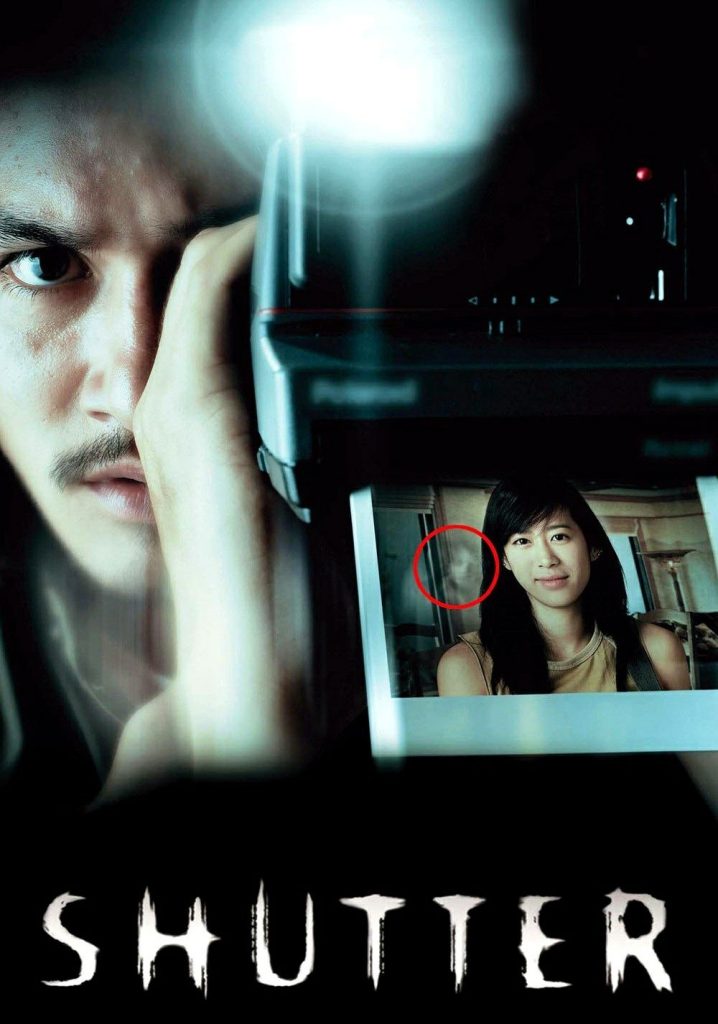
Video : Shutter (2004) Trailer Remastered HD
The film follows the story of Tun, played by Ananda Everingham, and his girlfriend, Jane, portrayed by Natthaweeranuch Thongmee. After a night out, they are involved in a car accident that irrevocably changes their lives. As they try to move past the incident, strange and eerie events begin to unfold, particularly linked to photographs taken during their outings. In these photos, shadowy figures and ghostly images mysteriously appear, creating an atmosphere of mounting dread that intensifies the tension throughout the movie.
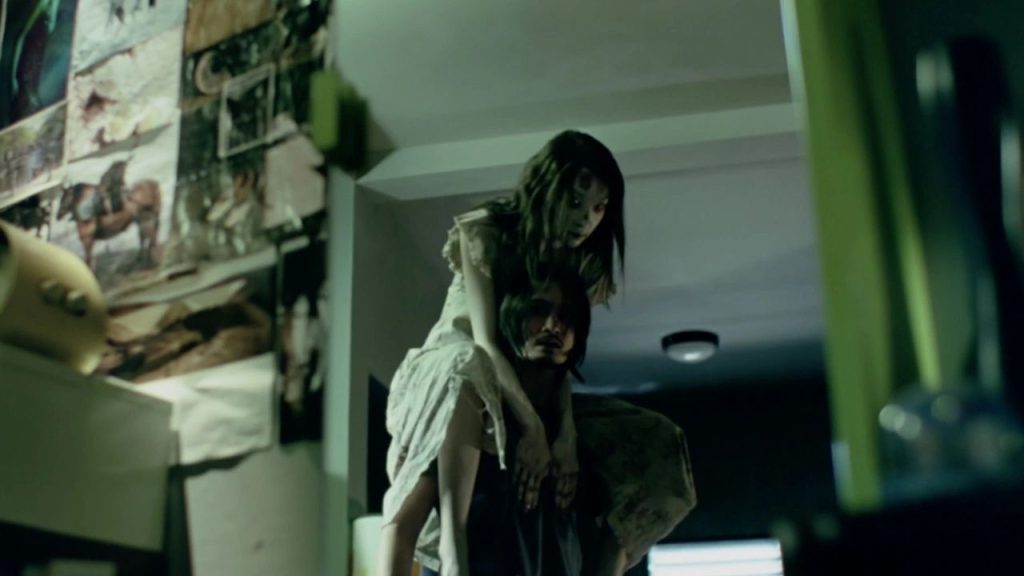
A standout feature of Shutter is its innovative use of photography as a recurring motif. The camera operates as both a witness and a symbol of impending doom, capturing truths that the characters prefer to ignore. This layered approach prompts the audience to question the reliability of perception, as well as the hidden implications of the past. The unsettling photographs serve as metaphors for the inescapable nature of guilt, with the haunting imagery embodying the unresolved remorse and trauma that plague the characters.

In Shutter, the supernatural is not just a scare tactic but a powerful reminder of the weight of the past. Through its chilling narrative and haunting visuals, the film emphasizes that guilt and trauma, once awakened, can take on a life of their own—just as terrifying and persistent as the ghosts that haunt the story.
